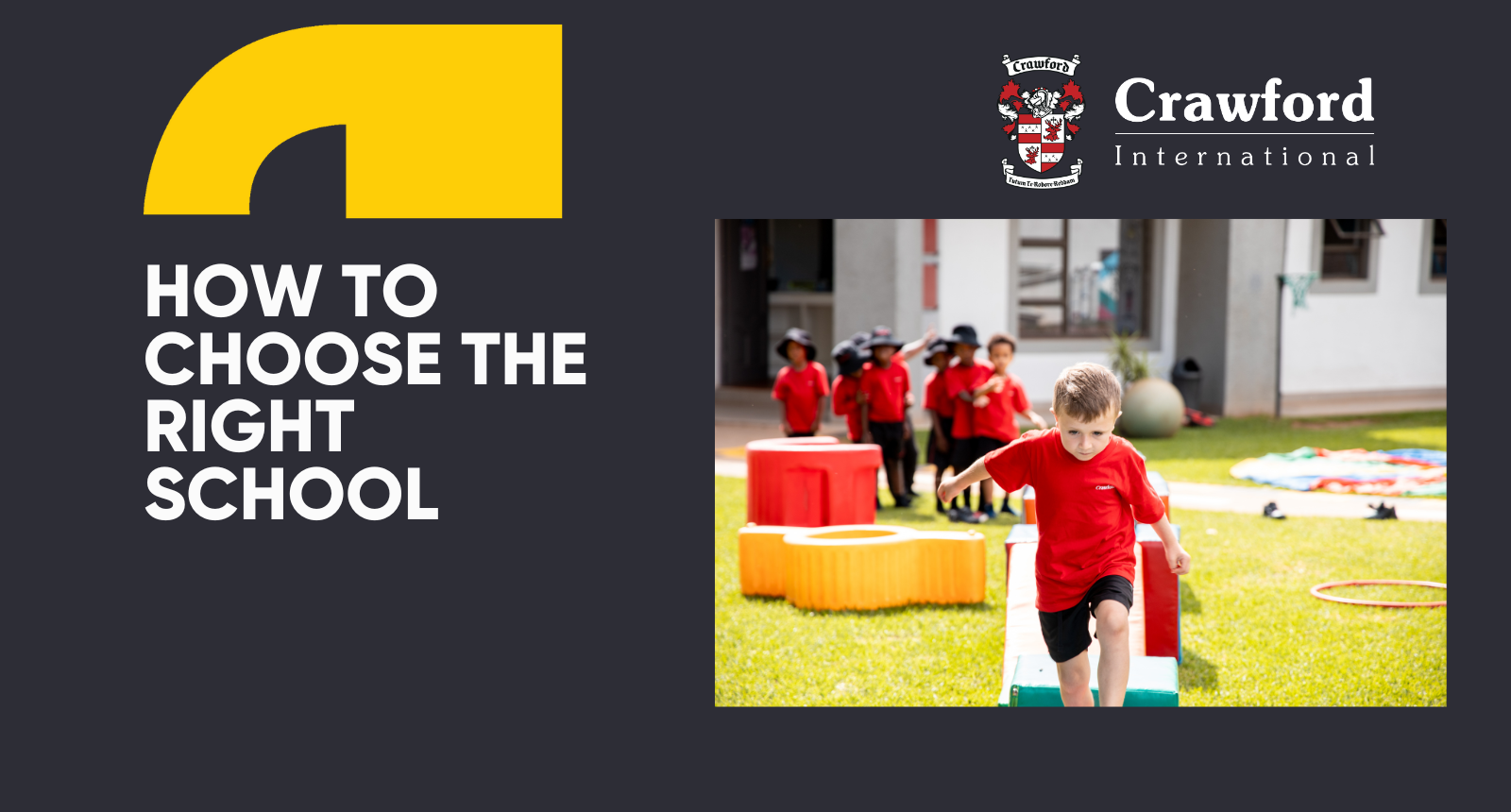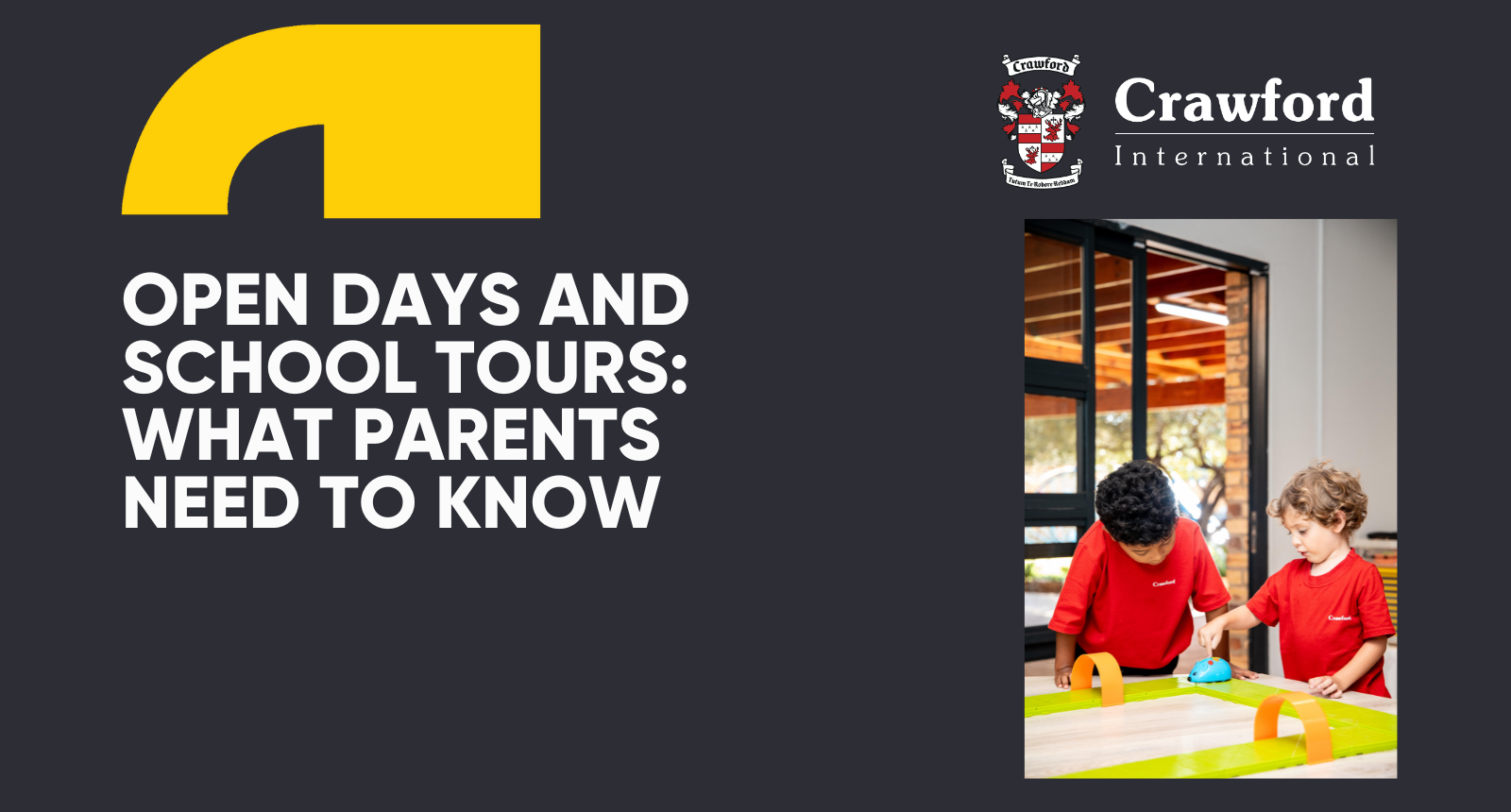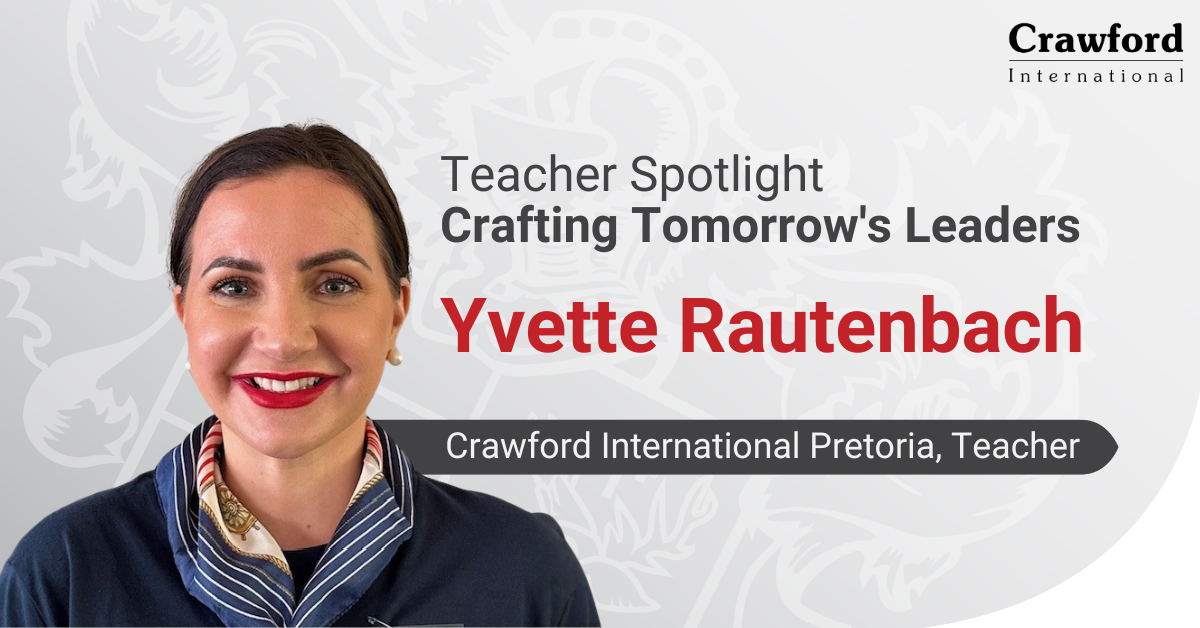The difference between good and bad stress
April 14, 2023
Article Summary:
Stress is a natural part of life, and not all of it is harmful. This article explores the difference between “good” stress, known as eustress, and “bad” stress, or distress, particularly in children. Good stress can be motivating and help kids build resilience, develop problem-solving skills, and achieve their goals—like preparing for a test or joining a sports team. In contrast, bad stress results from overwhelming or negative situations such as family conflict or excessive pressure, and it can negatively impact a child’s mental and physical health. The article provides guidance on how to recognize the signs of distress in children and offers practical advice for supporting their emotional well-being through healthy coping strategies.

Stress, the ubiquitous state of mind in the twenty-first century. But far from heart-palpitations surrounding the word ‘stress’, there are actually positives to be had from it.
You see, stress is what kicks off the fight or flight response in our bodies. It’s what lets us know that there’s something to do, and it can drive and motivate us to perform in our daily lives, meet challenges, and reach our goals. So, rather than try to avoid stress at all costs, we should be learning to recognise the difference between positive and negative stress and find healthy coping skills to deal with each. Our children are no different – learning how to deal with both good and bad stress can be a major motivating factor for the rest of their lives.
What is good stress?
Also known as “eustress”, good stress is what motivates us to be productive, to meet our daily challenges and complete tasks efficiently, as well as what keeps us reaching for our goals. It helps to see it as a burst of energy that drives us to get things done.
When it comes to our children, many experts agree that experiencing good stress is healthy for children because it helps encourage problem-solving, builds internal and external knowledge, boosts resilience, and teaches new skills. As long as a child is able to tolerate the stress they are experiencing, they can benefit from these positive aspects.
Think about the stress that can come with having a lot of homework, a test coming up, or even disagreements with their friends. Often, children are stimulated to deal with the challenge at hand and master the tasks that are required to overcome them. And what comes from this good stress is ultimately a feeling of fulfilment, of accomplishment, of success.
How do you recognise good stress? It’s essentially stress that helps us – as well as your child – grow. Examples of good stressors include things like:
- Joining a school sports team
- Upcoming matches, projects, presentations, tests, exams
- New experiences, such as family holidays
- Excitement for the birth of a new sibling.
What is bad stress?
When it comes to bad stress, you’re really looking at something called “distress”. This is what causes anxiety and negative thoughts and can also lead to mood swings and depression. What’s more, too much bad stress can weaken the immune system, affect blood pressure and sleeping patterns.
And when a child must face a lot of bad stress, it can affect their learning. This is because of that same fight or flight response’s effect on the brain’s ability to form long-term memories, as well as its effect on judgement, reasoning, planning, and decision making.
Bad stress is what comes from “bad” situations, such as conflict or failure. Good stress can also turn into bad stress when it spirals out of control, for example, your child wants to do well in school so badly that they put undue pressure on themselves to achieve, perhaps even in ways that are beyond their ability. Examples of bad stress include things like:
- A tense or disrupted home life
- Excessive screen time
- Having too many commitments, or being over-scheduled
- Conflict with friends, parents, and teachers
- Judgement from peers.
When to worry
Both kinds of stress do the same things physiologically, such as an elevated heart rate, but the long-term effects of too much stress, and particularly too much bad stress, can have serious consequences. If you see any of the below in your child, it’s a good idea to have a chat about what they’re experiencing and see your family doctor for advice on how to help your child through it.
Warning signs to watch out for:
- A change in their overall attitude or behaviour
- Irritability
- Trouble concentrating
- Excessive worrying
- Changes in appetite and/or emotional eating
- Fatigue and/or trouble sleeping
- Getting ill more often and/or chronic headaches or stomach aches
- A change in the performance at school
- Avoiding school and/or activities they used to enjoy.
Find more advice in guiding your child through coping skills in our blogs on mindfulness here, on EFT and Tapping for anxiety here, using positive affirmations to improve self-image here, and on encouraging emotional intelligence here.












